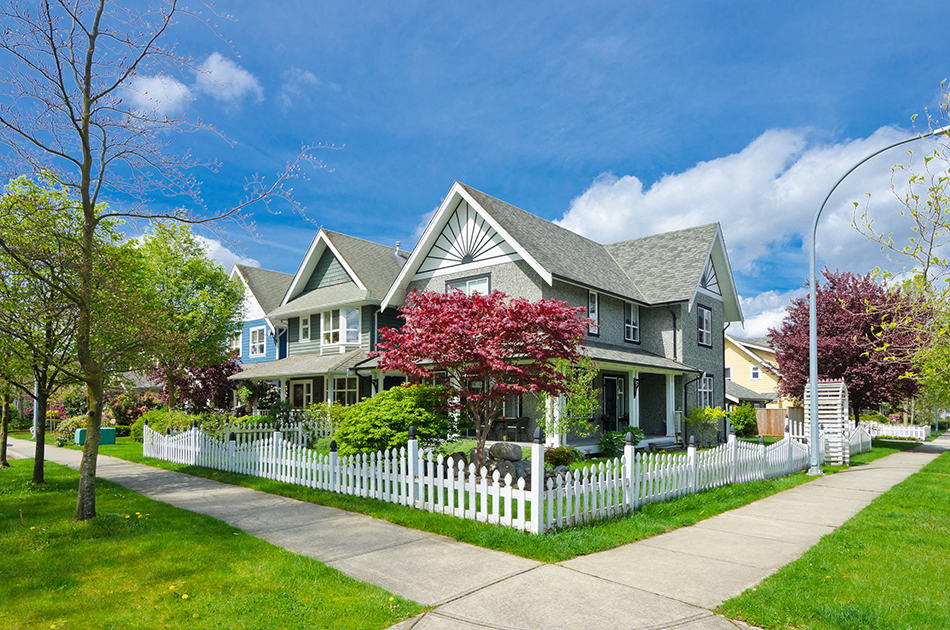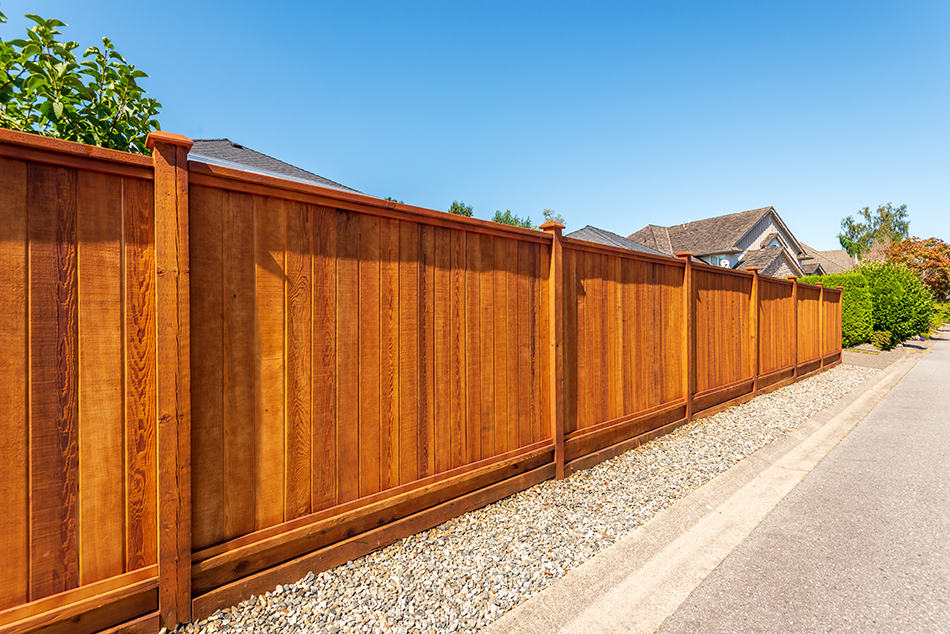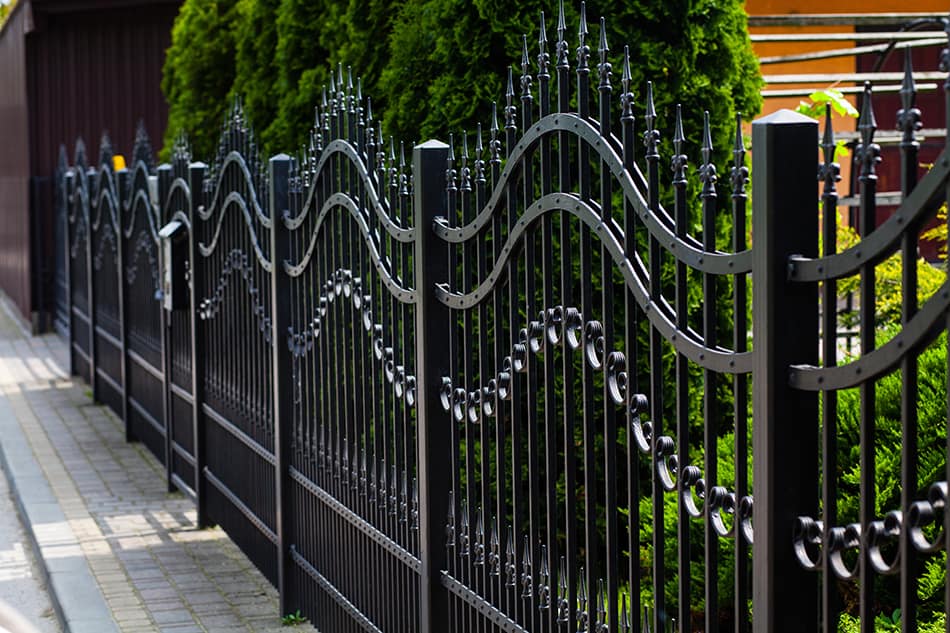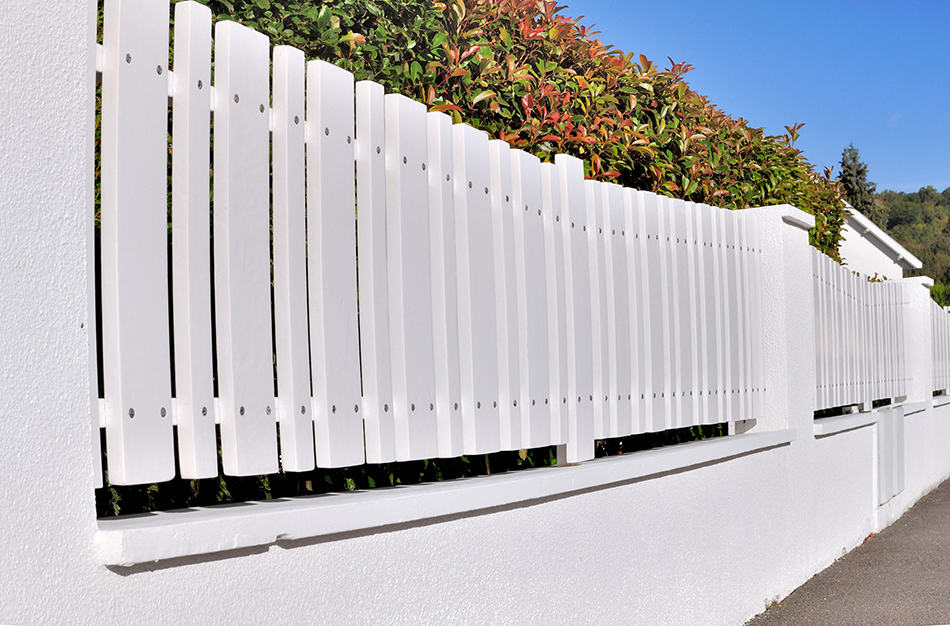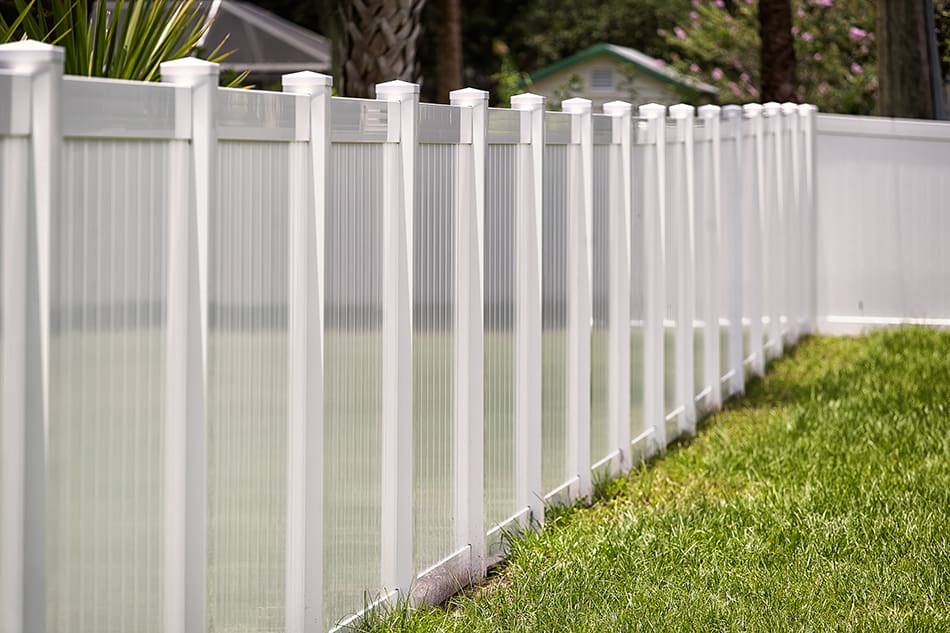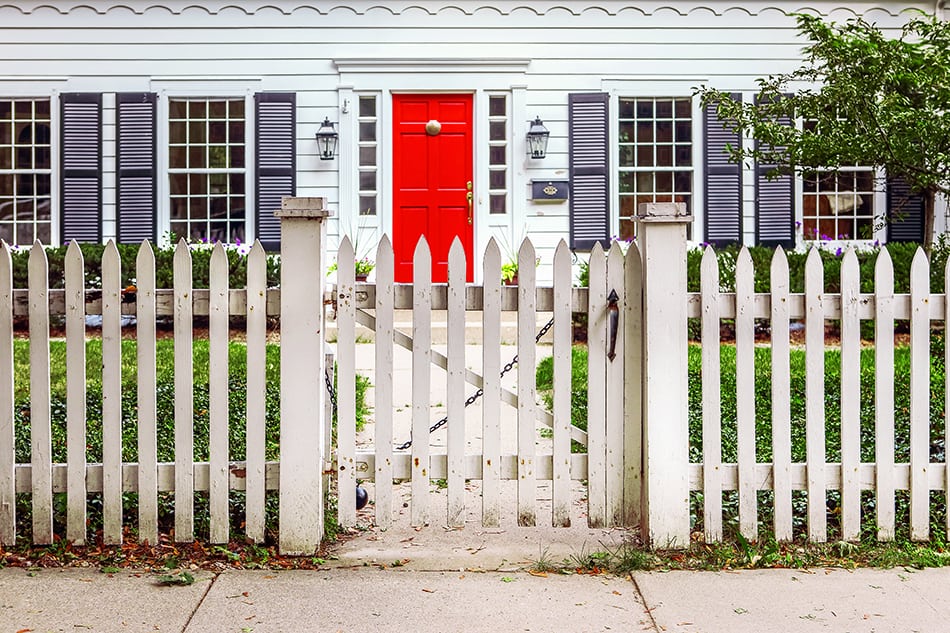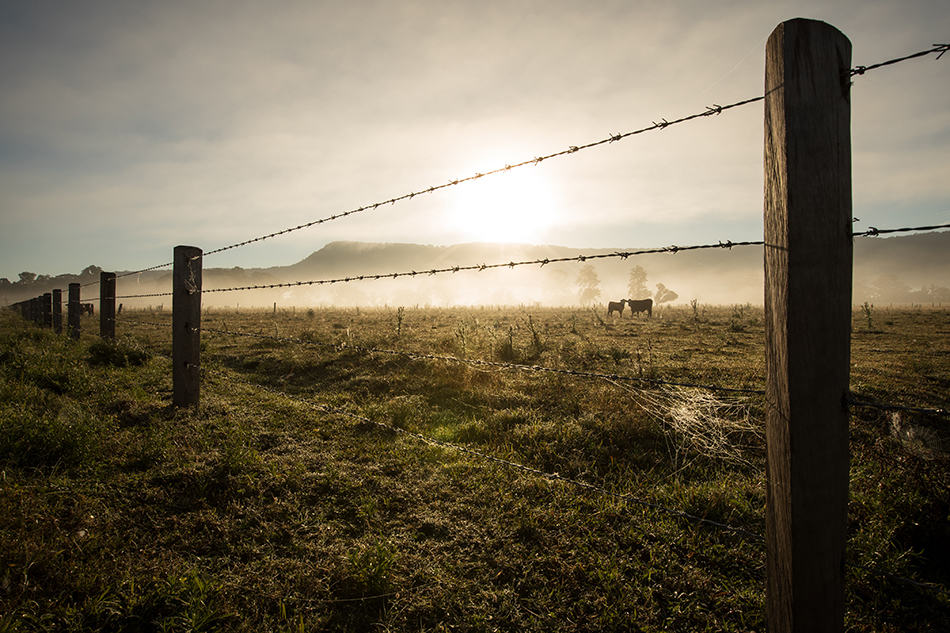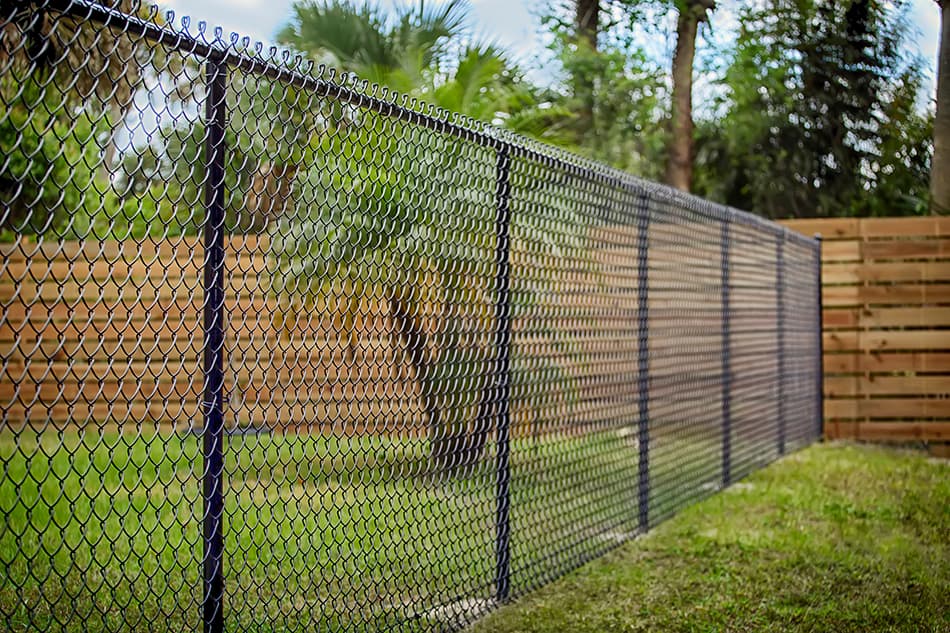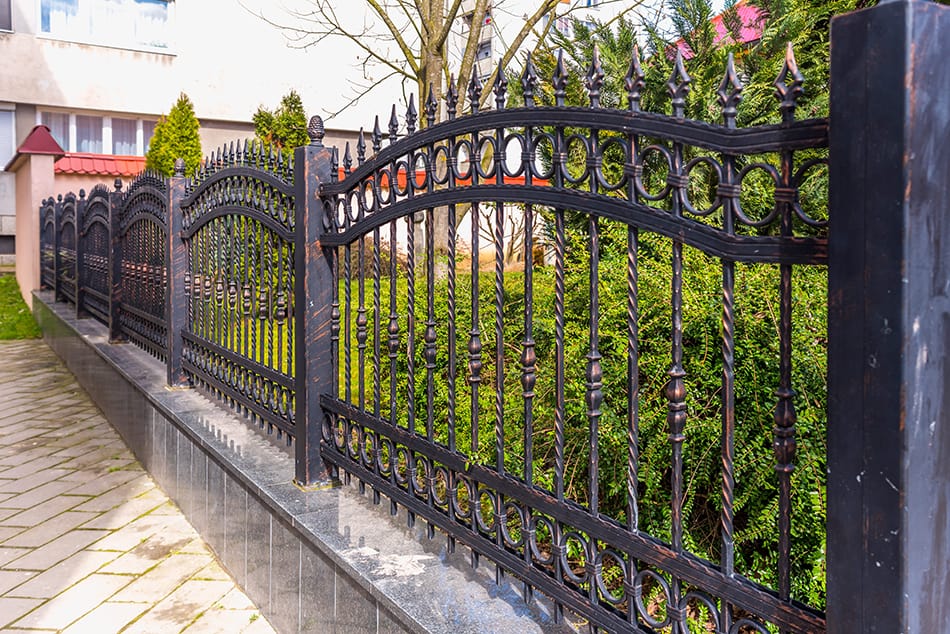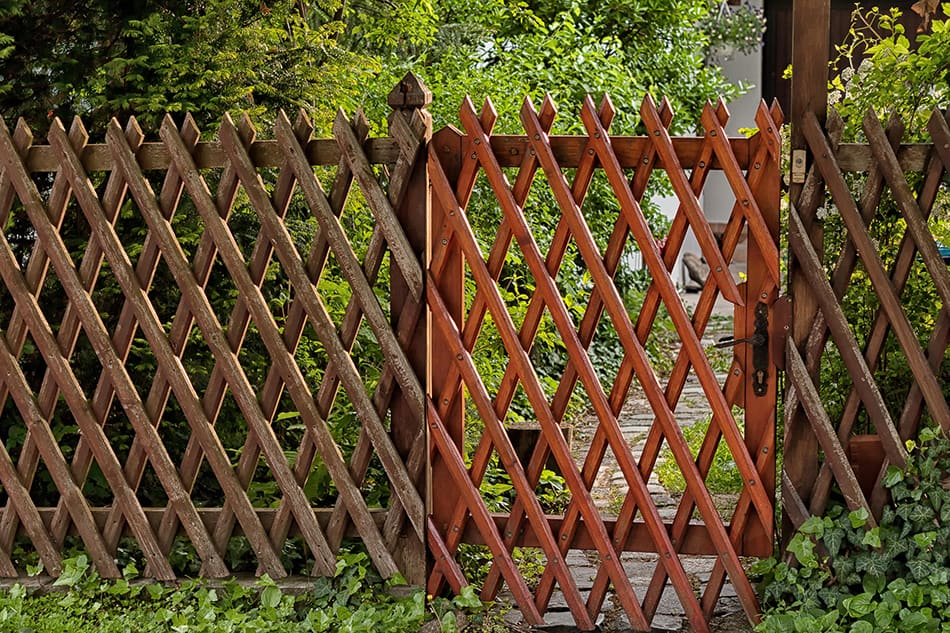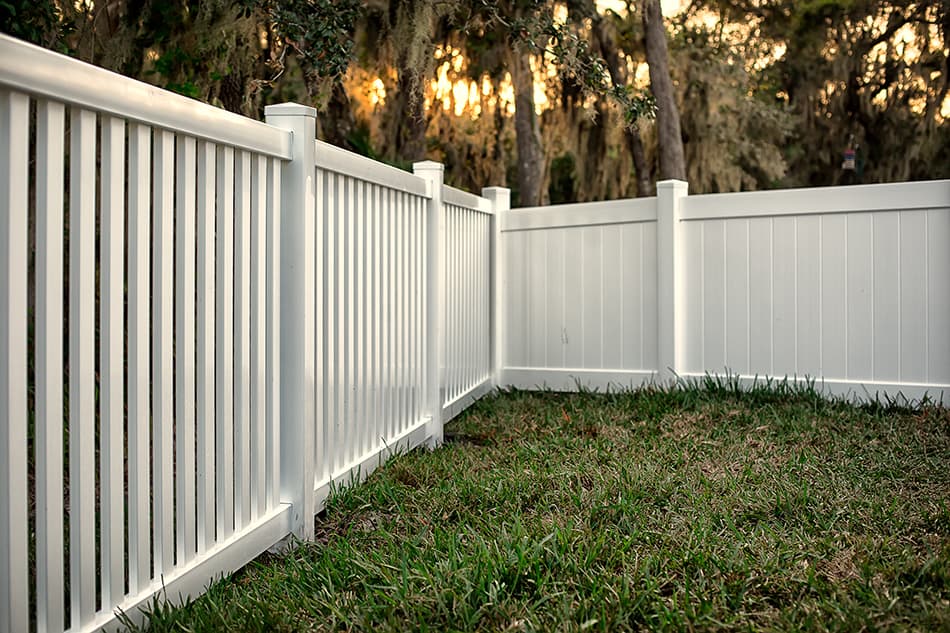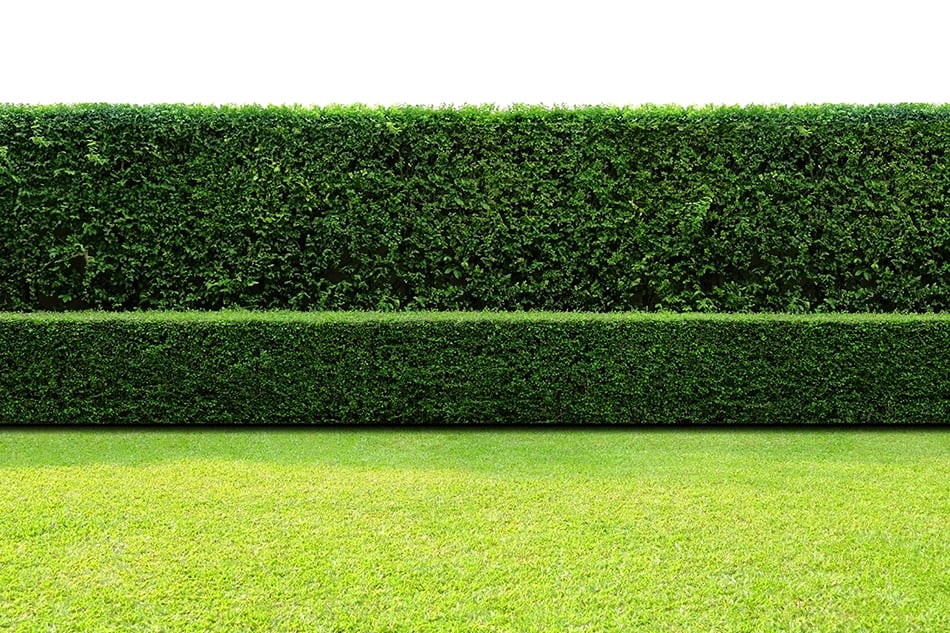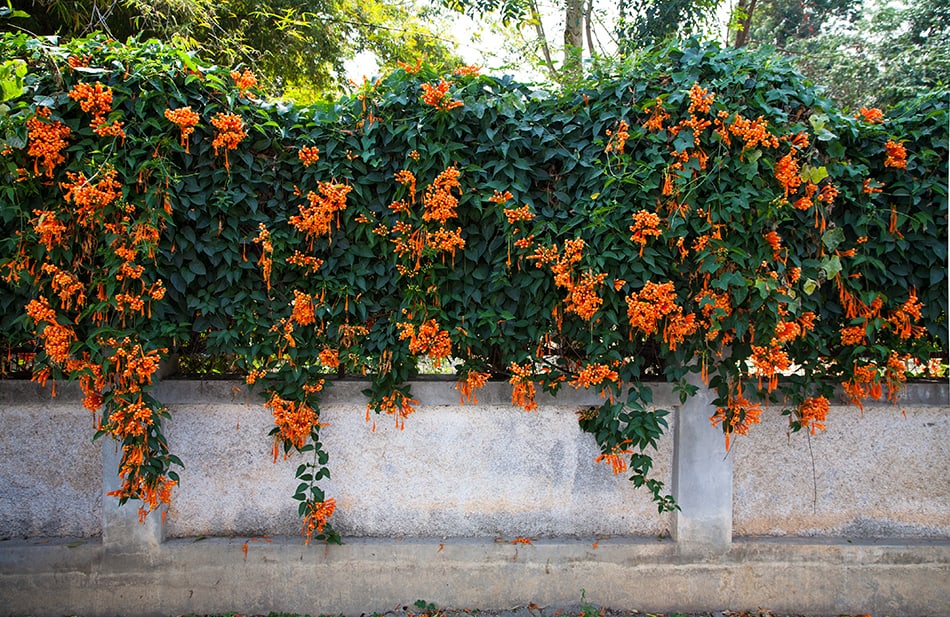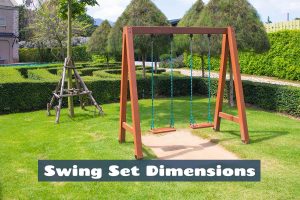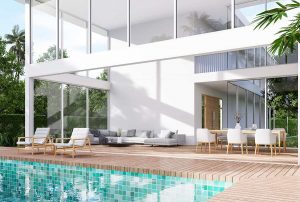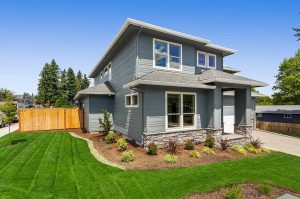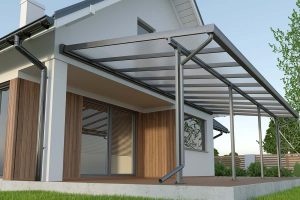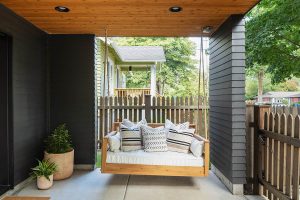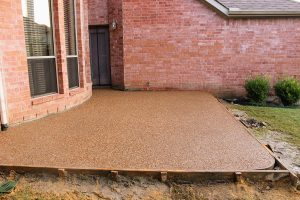Whether you are building your own home from scratch or are simply revamping its exteriors, fences are probably pretty high on your to-do list. Fences are usually thought to serve a practical purpose, but they can be equally effective in tying together your overall curb appeal.
Have you decided what type of fence you want already – or if you want one at all? After all, although they often feel like a necessity, they are often not mandatory. With a wide variety of possible materials and styles, this is a choice that deserves some time and reflection.
Types of Fences by Material
The easiest way to classify fence types is by material. Alongside the construction type, the materials will largely determine how long and how safe your fences are.
The main materials used in residential fences include:
Wood
Popular, affordable, and classic wood fences are as old as the concept of private property. Usually, wooden fences are relatively light and easy to install, especially if you opt for a low model.
In addition, wooden fences are also remarkably flexible. This is not the kind of material that will inherently steer you toward a specific style. You can adjust the height and length of the planks you use, as well as how close they are to each other. Further, the type of wood that you use will also affect the overall look and durability of your fence.
For example:
- Red cedar is pretty expensive but can last for up to 50 years. It is also resistant to plagues and termites
- Oak is another superb choice for tall fences and can last for over a decade
- Spruce, on the other hand, can look very traditional but will only last about 5 years. However, its texture absorbs paint well and provides vibrant colors
- Bamboo is a trendy new alternative for warm climates. It is eco-friendly and cost-effective but will need to be replaced quickly.
In order to prolong a wooden fence’s lifespan, you will need to treat it and maintain it constantly. Some types of wood can be waterproofed through the right type of paint or varnish. On the other hand, stained wood fences often look more aged and more elegant when they are new. Any accidental damage or wear and tear will become visible very quickly.
Metal
Metal lasts forever – at least, it is supposed to, provided it doesn’t rust and that a professional burglar doesn’t snap it in half.
For the most part, metal fences are made from either iron, steel, or aluminum. Even with steel, there are many alloys and variations that will allow you to play with its heat resistance, its ability to withstand shaking or heavy weights, and even its appearance.
One of the main advantages of metal is its versatility. Theoretically, metal can be cast or welded into any possible shape. If your local regulations don’t limit you, you can include leaves, bird motifs, or even untraditional spooky statues in your wrought iron gates.
Other types of metal fences include chain link fences or sleek aluminum boards. Either way, you will be looking at an expensive but top-tier gate option. Metal is also difficult to install since it is heavy and needs to be handled by a professional crew.
Once the initial setup is over, however, good metal will require very little work beyond routine cleaning.
PVC Fences
PVC is a synthetic material that can be easily made to look like any other material. When it comes to fences, it is particularly useful for those looking for a cheaper and lighter alternative to wooden fences.
As PVC is essentially a type of plastic, it will also offer a great alternative for those in tropical climates, where wood would usually rot quickly. However, PVC pieces or planks cannot be really altered or customized for your property (unless they are custom-made, in which case they will become significantly more expensive).
Usually, they need to be bought in a preset style – such as the traditional “white picket fence” look or the “Mediterranean imitation” one. Often, they are meant to be modular, so you can just add an extra “section” or a couple of additional vertical poles to make it fit around your area.
There are two types of PVC fences available. Pure PVC fences are made completely from plastic. They are very cheap and easy to carry around – so you may even try to install them yourself. However, such a light fence will not provide a lot of protection from burglars or animals.
Instead, you may opt for composite PVC fences. These are essentially wooden planks or poles that are coated in PVC. This makes them a little bit sturdier, and the wood inside will remain protected from the elements by the PVC.
Vinyl
Very similar to PVC, vinyl is also a synthetic material that can be made to look like many others. However, it is heavier than PVC and can withstand harsher blows. It may still be light enough for you to carry and install without help. In addition, vinyl has a shiny quality that often looks very nice under the sun.
This same special coating will prevent it from staining (either by nearby plants, the elements, or vandalism). Therefore, vinyl fences can simply be hosed down: they will almost always look as good as new after being washed. The hinges and other additions usually require little to no maintenance.
They are more expensive than PVC fences.
Stone
Stone fences are heavy and can be expensive. However, if you are into gardening, they may blend very well with your existing landscaping. The initial installation can be complex and may require professional help – but if properly set, nothing but an earthquake will tear down your stone fences
A big part of the final cost will depend on the type of stone you use. Newer types of porous stone (often called eco-stone) are meant to allow mulch and lichens to grow on the pre-cast granite. This will give them a vintage “old world” appeal in less than a year’s time.
Other types of stone are cheaper but less beautiful to look at. A good way to counter this is to install a hidden, low-stone fence and surround it with a tall hedge or shrub.
Styles of Fences
The materials you use to build your fences are only one half of the equation – although granted, they constitute the major cost driver in your construction project.
However, most of the look and privacy provided by your chosen fence will be determined by the architectural style you choose.
Traditional picket fences
Traditional picket fences are almost always white and are so well-known to require no major description. Here, perhaps a review of their cultural impact may be of more use.
A suburban home surrounded by a white picket fence is often taken as a symbol of conformity, but it is also imbued with a sense of normalcy, security, and wholesomeness. If you are having trouble getting your new fence approved by the HOA, your safest bet will be to suggest a white picket fence.
It should be noted that a standard white picket fence will not provide a lot of privacy. The total height may be adjusted to the point where it is no longer easy to jump – but this style tends to look a bit blocked if it extends above waist height.
Picket fences have traditionally been made from wood. If the prospect of spending a weekend every season repainting and re-treating your white picket fence, you may opt for a vinyl one instead.
Farm fences
Farm fences are a surprisingly popular choice in upscale exurbs and suburbs. By themselves, the wide horizontal poles and planks featured in farm fences don’t provide a lot of privacy. As a burglary deterrent, they can work well if accompanied by barbed wire or thorny shrubs – although the former looks unfriendly and the latter requires additional maintenance.
Still, in an age that ironically seeks to return to the familiarity of a simpler past, farm fences evoke the rougher edges of the Wild West. This style works very well with farmhouse-style homes or “neo-Spanish” architectural styles.
Chain link fences
Chain link fences are the cheapest of all metal fences. They are impenetrable for children, and if made tall enough, they can also provide a good barrier for pets and rapid basketballs.
Usually, chain link fences require little upkeep. They are also almost completely see-through, so they are a good choice if you would like to be able to chat with your neighbors through the fence.
The joinings of a chain-link fence can become rusty or accumulate dirt very easily. For the most part, they can simply be hosed down. If you are eager to go the extra mile to simplify your upkeep, opt for a vinyl-coated chain.
Wrought iron fences
Heavy and stately, wrought iron fences are usually what we picture when we imagine a private, upscale manor. They can be easily customized by adding additional welded shapes. If you can enlist a good designer to help, wrought iron also offers a great chance to play with curves and intricate designs.
If you want to install an automatic or sliding gate, wrought iron will be a great choice. If properly maintained, they can last forever – just keep in mind that such maintenance may include frequent washing and repainting
Lattice fences
A wooden lattice pattern can blend in nicely if you are going for a cottage-inspired or vintage aesthetic. In plain colors or with stained wood, they can also look very elegant. White lattice is also a frequent choice, and it competed with the white picket fence when it comes to wholesomeness.
If maintaining and repainting a lattice fence is too much work (unfortunately, the holes in between the wood can get dirty or hide rotten spots easily), you can use them as a vine starter instead.
Solid fences
Solid fences usually use thicker boards or planks instead of poles or very tightly-placed pickets. The objective here is to provide the maximum amount of privacy possible. If you have a pool in your backyard or routinely work in highly personal crafting projects, then consider solid fences: they will ensure your peeping neighbors steer clear from your life.
Because of this, solid fences are often considered unfriendly and are frowned upon for new arrivals. If you opt for this model, make sure you choose a pleasant color and finish – neighbors will be less likely to complain if they are nice to look at.
Hedges
Hedges are dense, neatly-trimmed shrubs that are meant to act as both a barrier and as part of your garden’s landscaping. They offer an eco-friendly alternative to delineating your property and will almost always add a pleasant dash of greenery. If you choose your shrub species properly, the aesthetic appeal may be further increased during the spring once all the flowers bloom.
There are two downsides to this. First, hedges need near-constant maintenance. You will probably need to trim them, water them and fertilize them. Second, they are neither eternal nor easy to install. When you first set up your shrubbery, you will need to nurture it until it grows into a reliable hedge. Plus, once fall and winter fall around, some species may lose foliage or density, leaving your property unprotected.
A good way to counter this is to install hedges around a pre-existing low stone wall.
Vines
Creeping vines and ivy varieties often look fantastic among older buildings or around very green areas. Many vine species grow rapidly but are quite nutrient-demanding. Because of this, they are often considered noxious when they grow around brick walls: the root systems may debilitate the construction.
However, if installed on a wooden lattice or a trellis, they will not risk any expensive or permanent structure. Instead, they will create a green cascade that will look good from both sides while providing a high degree of privacy.
Vines need a while to grow and may require guidance at first – especially if there are any trees or walls close to your fence. However, once they are set, they are pretty self-sustaining. Just make sure they get enough water!
What’s in A Fence?
Fences are supposed to set a clear outline around your property, making where the public areas end and your castle begins. Most of the time, homeowners think of fences as ways to protect their land: they are a clear deterrent for anyone who would simply want to walk toward your home.
If you live in rural or exurban areas, where wild animals are also a possibility, then fences will keep your garden and pool bear and deer-free. If you have children, pets, and farm animals, then fences will also ensure that everyone stays in, rather than simply keep strangers out.
However, the choice of home fences is not about security alone. In order for fences to make sense, they need to completely surround your property. This will turn them into one of your most visible decorative elements.
Depending on the size of your home and the type of fence that you choose, fences may be the most prominent style choice that passers-by see. A neatly arranged, freshly painted fence will instantly lift your curb appeal. Conversely, a fence style that doesn’t fit the rest of the house or that doesn’t blend well with your garden can thwart even the best landscaper’s work.
The way you see your own fence will also matter. Some fence models use thick planks and tight layouts that are meant to provide additional privacy. A fence can be made of chain link or wood – both are made of different parts.
If you are not concerned about nosy neighbors but live in a particularly scenic area, you will want to ensure your fence doesn’t obscure the view that you paid for.
Choosing a Fence
As seen above, the choice of your fence can have a huge impact on the way your property feels and looks. Because of this, here is a short list of a few things to consider before deciding on a specific fence type of style.
Look at your surroundings
How close is your home to any adjacent properties? If you live in a relatively dense area, then it may be necessary to choose a thicker fence that provides more privacy.
If you have the benefit of a sprawling field all around you, then you may also have wider choices. Lattices and poles that can support a vine will work wonders if you live in a green area, close to a park or a lake. If you live in a more arid environment, such as the Southwestern U.S., then you may want to choose a white stone hedge instead, as this will be easier to keep.
If your main priority is to keep the view unobstructed, then you will also need to consider the incline and topography of your land. For example, if your home is on top of a hill, then you can build an unjumpable fence that will nonetheless remain out of sight.
Look at the number of entrances you will need
Some fence materials and models blend better with gateways, arches, or simple doors. For example, if your garage requires an automatic wrought iron gate, you will need to choose a more solid metal fence model.
If you have multiple driveways, or if you want to keep your walking path separate from your driveway, this may be an expensive alternative. In such cases, opt for a smaller, more maneuverable wooden face.
Check with your HOA
If you live in a gated community or in a private residential development, then you may not have complete freedom over the decorative or visible elements in your property. Because of this, you will need to ensure your Homeowner’s Association doesn’t frown upon your chosen style of fence.
Often, many HOAs have specific rules that are meant to preserve a uniform look between all the different houses. In such cases, they may even ban internal fences altogether. Others provide their residents with more freedom but still reserve the right to ban certain styles or choices.
Some of the reasons why an HOA may vet a specific fence include:
- If it will block or affect a nearby driveway or property
- If it poses a safety risk in the event of an evacuation
- If it involves clashing colors or unusual motifs
- If it creates a conducive environment for certain types of animals or insects that are deemed undesirable
Check your weather
Your local weather conditions will probably have only a limited influence on your aesthetic choices. However, they will play a major role in the durability of your chosen materials.
If you live somewhere cold and dry, then it is likely that this will not be a major factor either way. In this type of climate, most materials will retain their base properties for as long as they are supposed to.
On the other hand, problems usually start for people looking in warm or tropical climates. As a general rule, if your summer temperatures hover around or above 100° F, you will want to steer clear of metal gates: the heat may make them hazardous to the touch. If you have children or small animals, this may result in the occasional trip to the doctor whenever someone accidentally grabs a scalding railing.
Alternatively, some types of coatings and paint can provide additional insulation, making metal fences safer.
If your area is humid as well as hot, consider a composite fence instead of a traditional wooden one. This is because wood doesn’t last as long in tropical weather.
Finally, areas with snakes or mosquitoes should probably try to avoid hedges or vines. They can quickly become breeding nests!
Conclusion
Fences are usually considered to be functional. In reality, they can alter the way your home looks from the outside. A well-designed fence can be either a deterrent, an invitation to admire, or an opportunity to gain extra privacy. The choice will ultimately be up to you!
